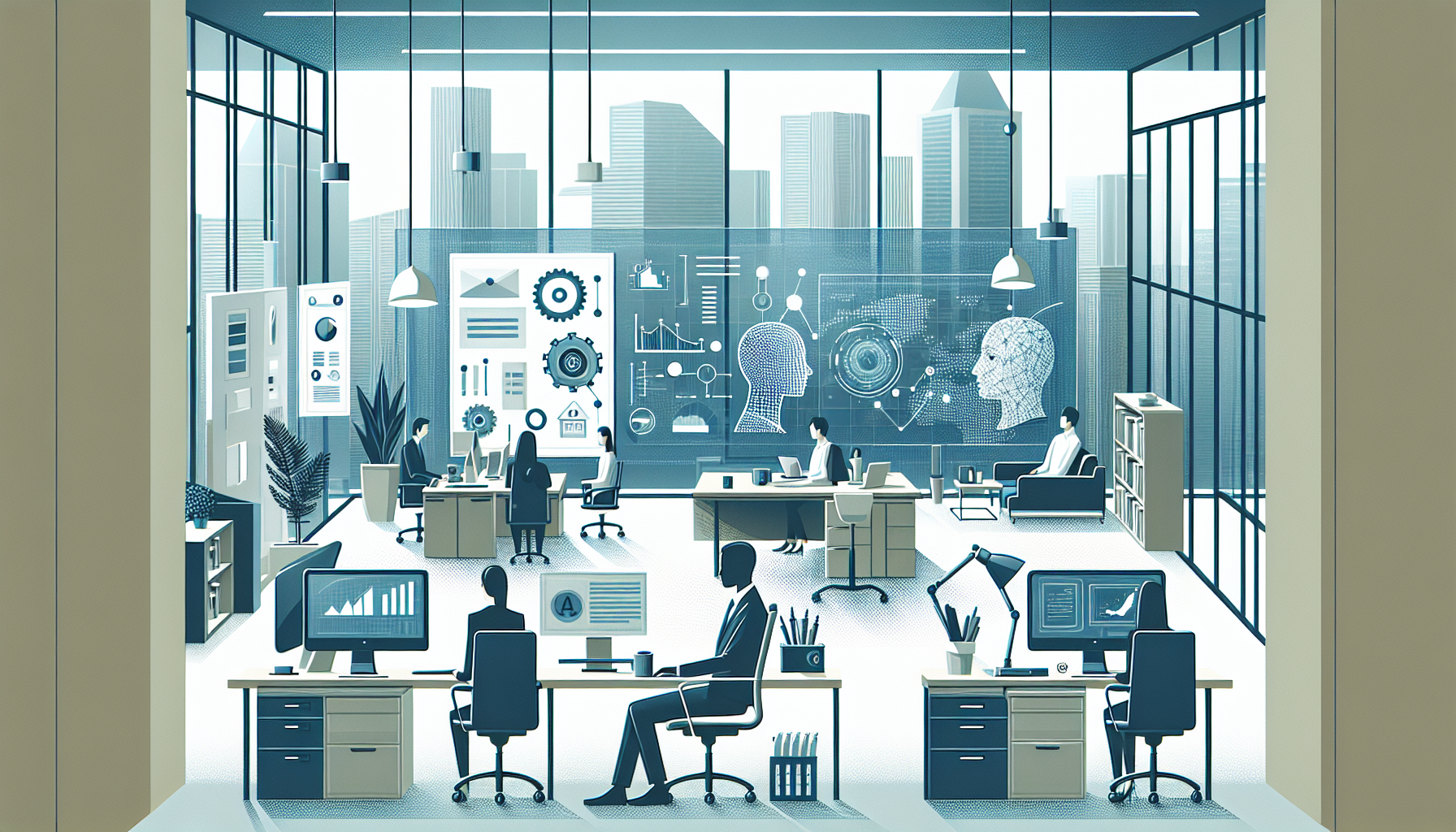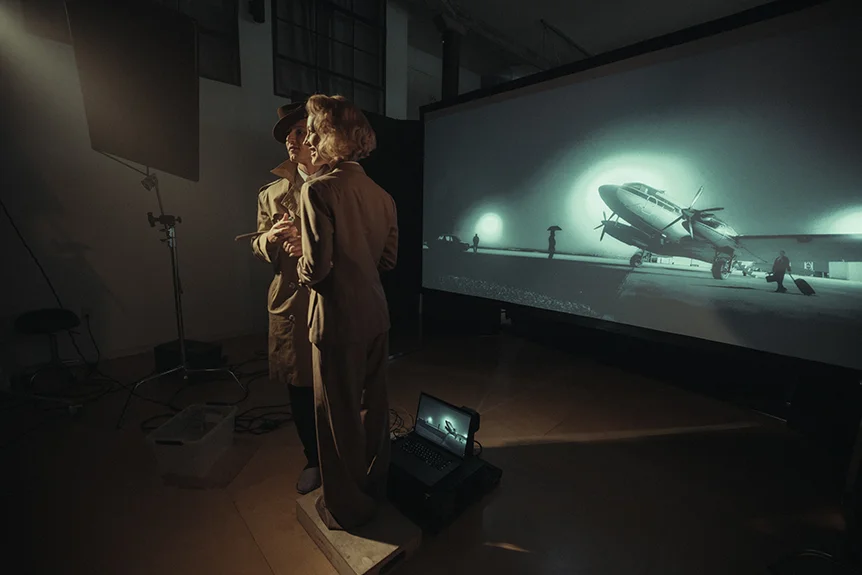

In recent years, the film and television industry has witnessed a revolutionary shift in how content is created. At the forefront of this transformation is virtual production, a groundbreaking approach that’s redefining the boundaries between physical and digital filmmaking. But what is virtual production, and why is it causing such a stir in Hollywood and beyond?
In this comprehensive guide, we’ll delve deep into the what is virtual production, exploring its definition, evolution, key components, and the myriad ways it’s reshaping the entertainment landscape. Whether you’re a filmmaker, a tech enthusiast, or simply curious about the future of visual storytelling, this article will provide you with a thorough understanding of this game-changing technology.
Virtual production is an innovative filmmaking methodology that combines real-time computer graphics, motion capture, and traditional production techniques to create a seamless blend of physical and digital elements. At its core, virtual production allows filmmakers to visualize and interact with computer-generated environments and characters in real-time during the filming process, rather than relying solely on post-production visual effects.
This approach encompasses a wide range of technologies and techniques, including:
By integrating these technologies, virtual production enables directors, cinematographers, and actors to make creative decisions on set while seeing the final product come to life before their eyes. This real-time visualization and interaction mark a significant departure from traditional filmmaking methods, where CGI elements are typically added months after principal photography.
To truly appreciate the impact of virtual production, it’s essential to understand its historical context and evolution:

These techniques allowed filmmakers to composite live actors with pre-filmed backgrounds, laying the groundwork for more advanced visual effects.

The rise of digital technology opened new possibilities for creating and manipulating images, but the process remained largely separate from on-set production.

These advancements allowed for better planning and more realistic digital characters, but still relied heavily on post-production work.

The integration of game engine technology and high-resolution LED displays has ushered in the current era of virtual production, where digital environments can be created and manipulated in real-time during filming.
To fully grasp the concept of virtual production, it’s crucial to understand its key components:
a) Real-Time Rendering Engines: At the heart of virtual production lies powerful real-time rendering engines, often borrowed from the video game industry. These engines, such as Unreal Engine or Unity, allow for the instantaneous creation and manipulation of high-quality 3D environments and characters.
b) LED Walls and Volumes: Large, high-resolution LED screens have replaced traditional green screens in many virtual productions. These displays show the digital environment in real-time, providing realistic lighting and reflections on actors and physical props.
c) Camera Tracking Systems: Sophisticated camera tracking technology ensures that the perspective of the digital background on the LED wall changes accurately as the camera moves, maintaining the illusion of a real environment.
d) Motion Capture Technology: Advanced motion capture systems allow actors’ performances to be translated into digital characters in real-time, enabling directors to see the final result during filming.
e) Virtual Scouting and Previsualization Tools: These technologies allow filmmakers to explore and plan shots in digital environments before and during production, enhancing creative decision-making.
f) Virtual Art Department: A team of artists and technicians who create the digital assets and environments used in virtual production.
g) On-Set Data Management: Robust systems for managing the vast amounts of data generated during virtual production, ensuring smooth workflows between departments.
Virtual production encompasses several techniques, each suited to different production needs:
a) In-Camera Visual Effects (ICVFX): This technique uses LED walls to display photorealistic backgrounds in real-time, allowing for in-camera compositing. It’s particularly useful for creating realistic environments and lighting without the need for extensive post-production work.
b) Performance Capture: This involves recording an actor’s movements and expressions to animate a digital character. Modern systems can provide real-time feedback, allowing directors to see the final character during filming.
c) Hybrid Virtual Production: This approach combines traditional green screen techniques with real-time previsualization, offering flexibility when full LED volume setups are not feasible.
d) Virtual Location Scouting: Using VR technology, filmmakers can explore and plan shots in digital recreations of real or imagined locations before ever setting foot on a physical set.
e) Real-Time Previs and Techvis: These techniques allow for the creation and visualization of complex shots or sequences before and during filming, helping to streamline the production process.
Virtual production offers numerous advantages over traditional filmmaking methods:
a) Enhanced Creative Control:
b) Improved Actor Performance:
c) Cost Efficiency:
d) Time Savings:
e) Sustainability:
f) Flexibility and Adaptability:
g) Improved Collaboration:
While virtual production offers many benefits, it also presents unique challenges:
a) High Initial Costs:
b) Technical Complexity:
c) Limited Physical Space:
d) Potential for Over-Reliance on Technology:
e) Color Management and Image Quality:
f) Real-Time Rendering Limitations:
g) Workflow Adaptation:
Virtual production has been used in numerous high-profile projects, showcasing its versatility and potential:
a) “The Mandalorian” (2019-present):
b) “The Lion King” (2019):
c) “Westworld” Season 3 (2020):
d) “The Midnight Sky” (2020):
e) “Thor: Love and Thunder” (2022):
f) “The Batman” (2022):
g) “House of the Dragon” (2022):
As technology continues to advance, virtual production is poised to evolve in several exciting ways:
a) Improved Rendering Technology:
b) AI and Machine Learning Integration:
c) Expanded Use in Television and Streaming:
d) Virtual Production for Live Events:
e) Democratization of Technology:
f) Enhanced Haptic and Sensory Feedback:
g) Cross-Industry Applications:
For those interested in exploring virtual production, here are some steps to begin:
a) Learn the Fundamentals:
b) Experiment with Accessible Tools:
c) Build a Small-Scale Setup:
d) Collaborate and Network:
e) Practice with Personal Projects:
f) Stay Informed:
g) Consider Formal Training:
Virtual production represents a paradigm shift in the world of filmmaking, blending the physical and digital realms in unprecedented ways. By bringing visual effects into the production phase, it offers filmmakers new levels of creative control, efficiency, and flexibility. While challenges remain, the continued advancement of technology and growing industry adoption suggest that virtual production will play an increasingly significant role in the future of content creation.
As we look ahead, virtual production promises not only to change how we make films and television but also to open up new possibilities for storytelling and audience engagement. Whether you’re a seasoned filmmaker or an aspiring content creator, understanding and embracing virtual production techniques could be key to staying at the forefront of this exciting evolution in media production.
The journey of virtual production is just beginning, and its full potential is yet to be realized. As technology continues to evolve and creative minds push the boundaries of what’s possible, we can expect to see even more innovative and immersive experiences emerging from this revolutionary approach to filmmaking.